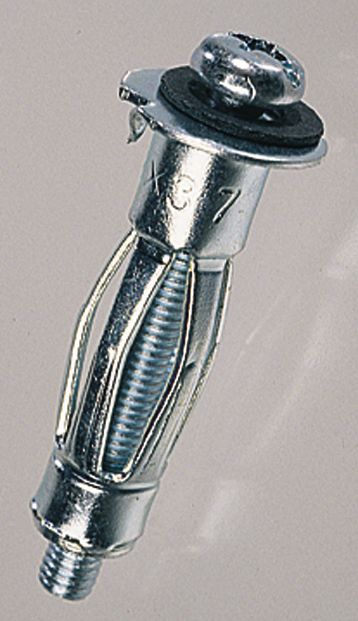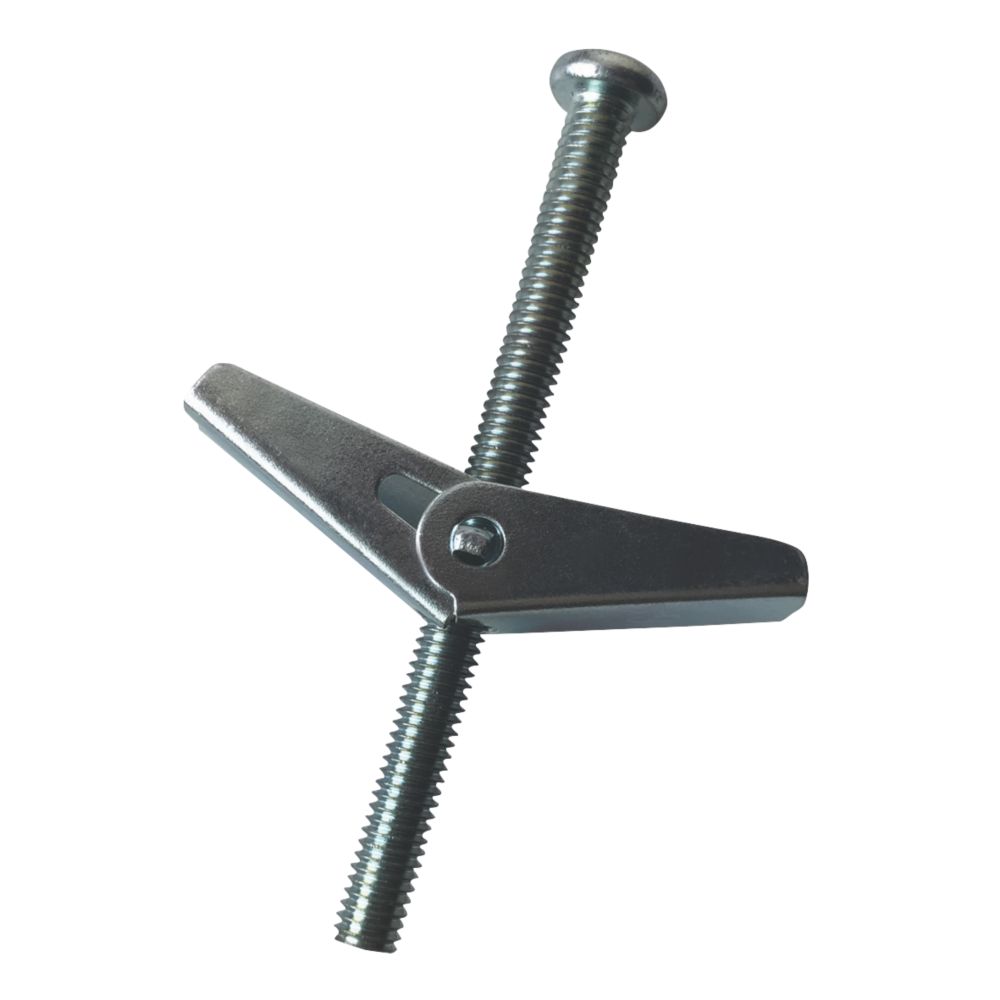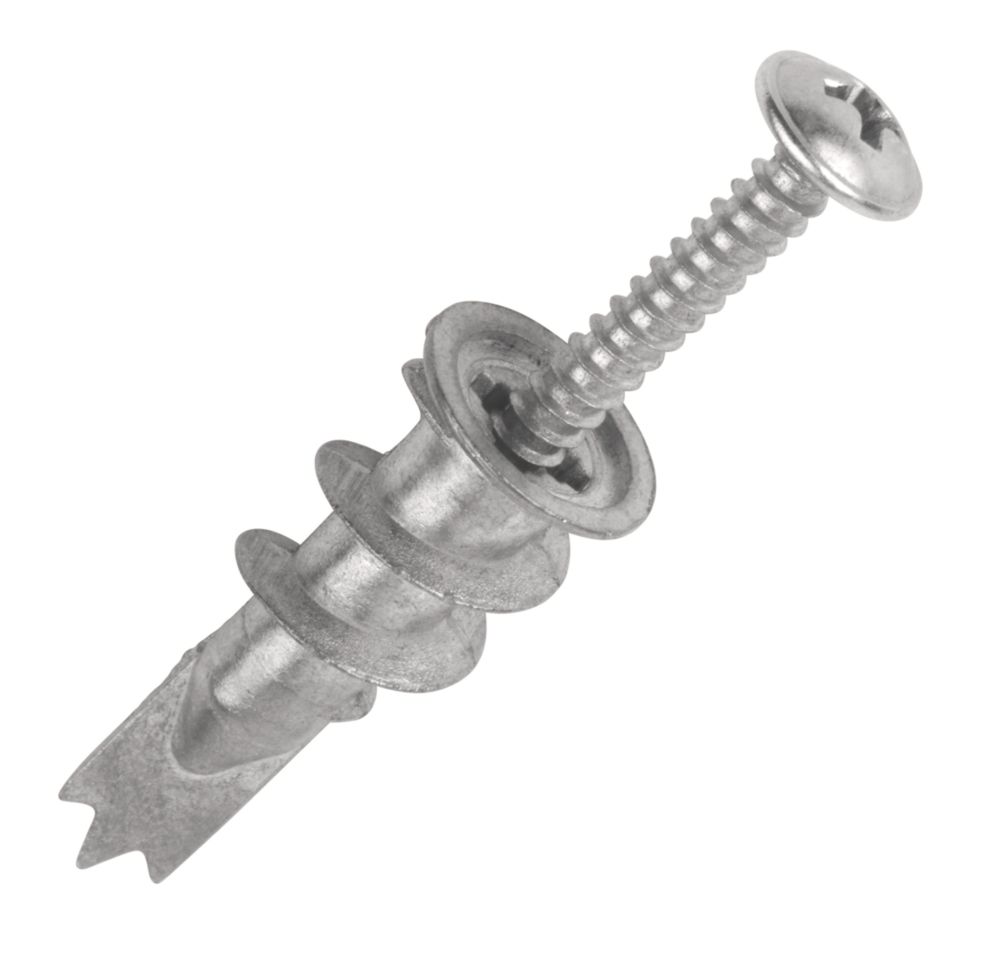Noticed that this bracket was pulling away from the wall at the top. The screws and plugs were pulling away. Bottom fixings on the bracket are solid.
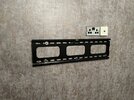
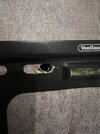
The top section is hollow for around 120mm and there is block behind that. As you can see the holes at the top are quite loose and wide too now.
Can I please have some suggestions on how to secure this. Thanks in advance.


The top section is hollow for around 120mm and there is block behind that. As you can see the holes at the top are quite loose and wide too now.
Can I please have some suggestions on how to secure this. Thanks in advance.


